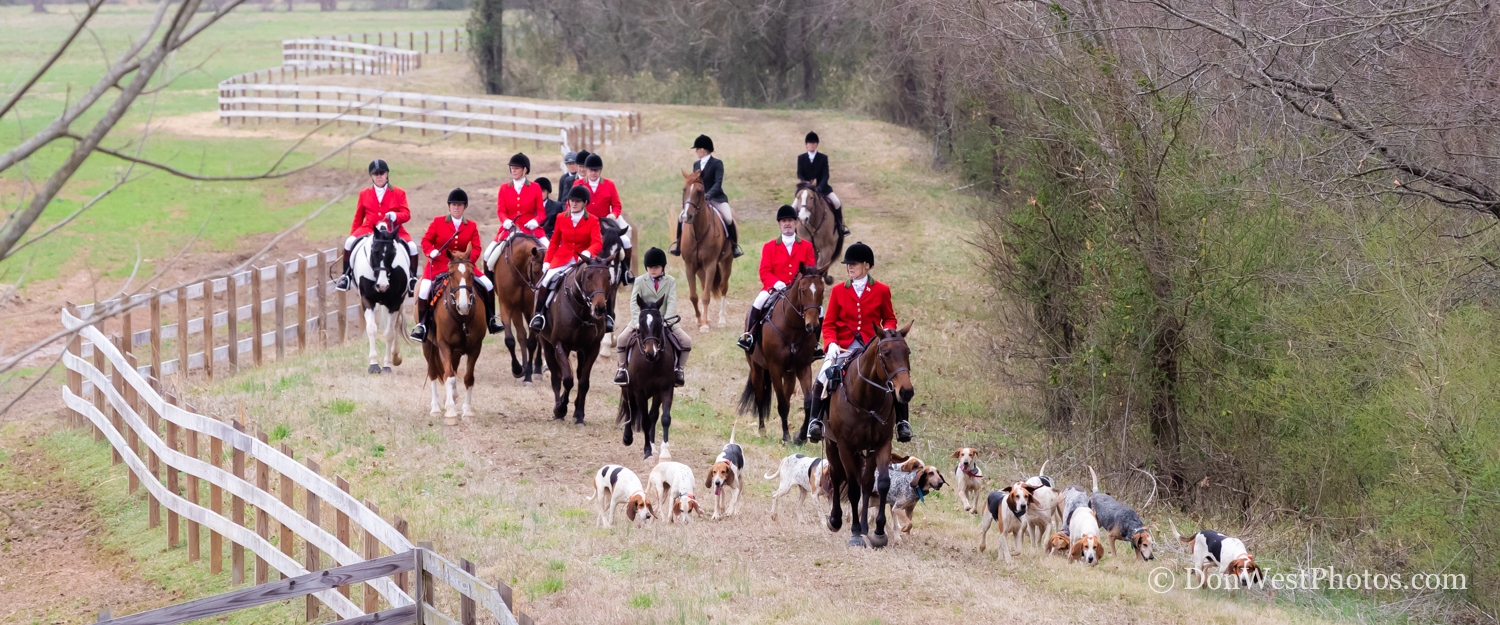Tryon Hounds Certificates
Basic FAQs about Tryon Hounds' Certificates
Who can become a Tryon Hounds' Certificate Holder? Any social or riding member interested in supporting and promoting the objectives of our club can become a Certificate Holder.
Why would I want to become a Certificate Holder? Certificate Holders have a vested interest in the future of Tryon Hounds, and demonstrate their commitment and support for the club by investing in a TH's Certificate. Our Masters recommend riding members become Certificate Holders by the second year of hunting with Tryon Hounds.
What privileges and rights accrue to Certificate Holders? Only Certificate Holders may attend the TH's Annual meeting where Club finances are reviewed, officers and directors are elected, and important decisions about the club are voted on. Each Certificate Holder is entitled to 1 vote. Additionally, only Certificate Holders may hold an office or serve as a director on our board.
How many Certificates are currently held by subscribers? There are 42 certificates held by current members.
How do I obtain a Certificate? Contact Jeanne Ahrenholz, our Corporate Secretary.
How much does a Certificate cost? Certificates cost $500 at this time - the price, set by the Board of Directors, hasn't changed in many years.
More Complicated FAQs about Tryon Hounds' Certificates
Are there any limitations on who may become a Certificate Holder
Yes. According to our bylaws, because Tryon Hounds is fundamentally a club for riding to hounds, members involved in that activity presently or in the past should have a controlling majority (at least 60%) of voting rights. Certificates are thus designated as Riding (Subscriber) or Social (Associate Subscriber) and sales of Certificates to Associate Members will need to be halted if Social Members hold more than 40% of outstanding Certificates at any time until the ratio can be corrected.
Are Certificates transferable? Yes – they may be sold back to the club or sold to another current subscriber with the value received returned to the club. A new certificate will be issued.
Can Certificates be suspended, terminated, or voided by the club? Yes, Certificates may be voided for violation of bylaws, unseemly conduct, or failure to meet financial obligations – it requires 2/3 vote by Board to rescind a Certificate. If a Certificate Holder doesn't resubscribe for 2 years in a row, the Certificate is automatically surrendered.
Is my Certificate tied to any underlying value? Assets of the Tryon Hounds will be distributed pro rata among current Certificate Holders should the club be dissolved for any reason.
